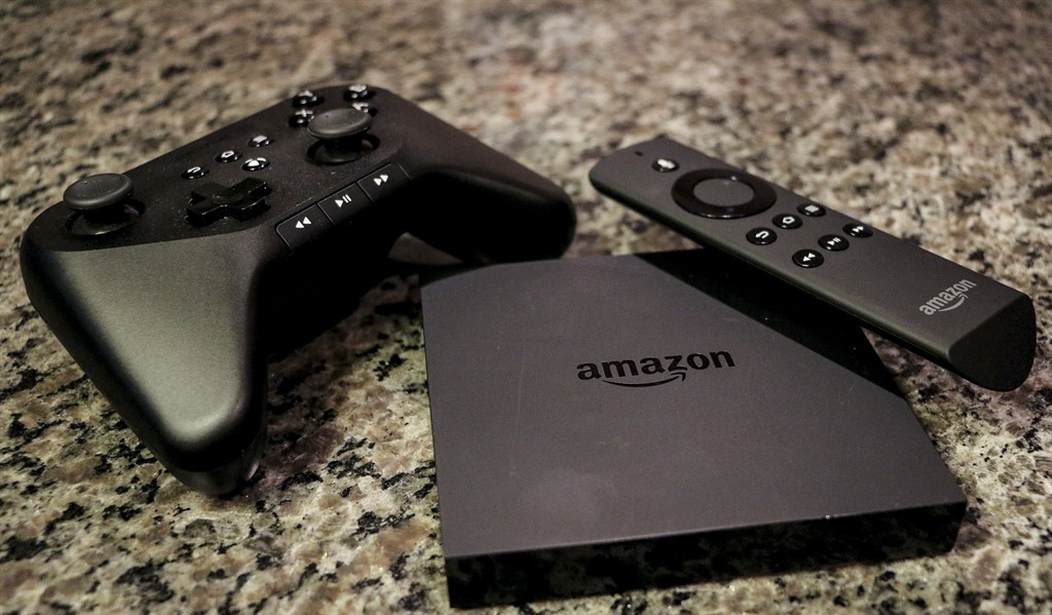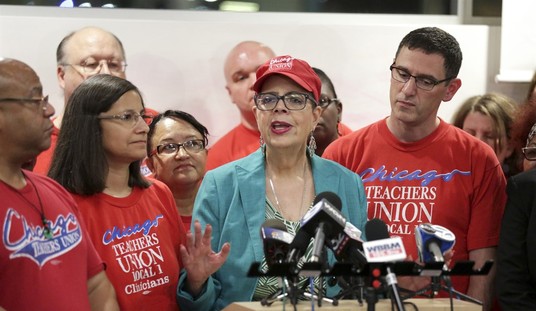Families in America are “cutting the cord” from less desirable TV bundles in record numbers, capping a ten-year transformation in the way we watch television and video content. We now live in an instant, on-demand world with unprecedented consumer choice, driven significantly by new entrants like Netflix, Hulu, YouTube and Amazon Prime.
These so-called “edge” providers have award-winning content and benefit from a much lighter and more free-market regulatory regime than those governing legacy video providers in broadcast, cable, and satellite.
The rules for traditional pay-TV providers were written in 1992, back when your smart phone was referred to as a “brick,” and “End of the Road” by Boyz II Men was the year’s No. 1 song. These rules may have made sense when most households only had access to their local channels through an antenna and a single cable provider, but it should be the “end of the road” for these outdated rules when there is intense competition between networks, local channels, streaming services, fiber, cable and satellite providers.
It’s a mistake to think that government policy can keep pace with the speed of technological change and innovation. As a conservative, I believe consumers are best to pick winners and losers in the marketplace, not unelected bureaucrats at agencies like the Federal Communications Commission (FCC). Rather than allowing these outdated rules to weigh down one side of the market, families will be better off when businesses have the freedom to compete on a level playing field.
I recently re-introduced H.R. 6465, the Next Generation Television Marketplace Act, which will update our laws for today’s digital age and level the playing field across the ecosystem. The goals are simple: 1) maximize consumer choice and competition 2) create a level playing field that treats competitors equally and 3) get the government out of the way so the free market can work.
Recommended
My legislation takes a chainsaw to outdated legacy statutes that don’t match up with consumer demand for more personalized viewing options, both at home and on the go, at prices they can afford. In a world of so much competition, it makes no sense to hamstring legacy providers with heavy-handed rules while their competitors are free to innovate and adapt.
The Next Generation Television Marketplace Act is a common-sense, free market approach that will ensure local broadcast affiliates and other legacy providers aren’t limited by decades-old laws and regulations so that they can meet the demands of consumers in the 21st century.

























Join the conversation as a VIP Member